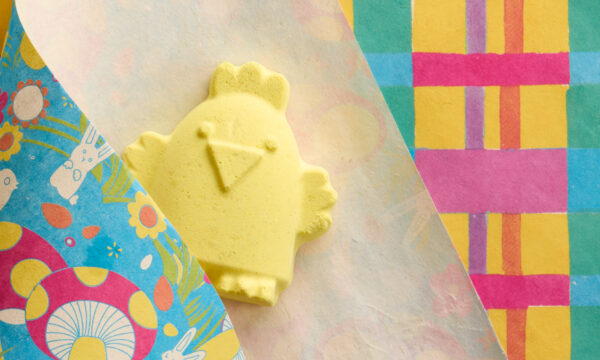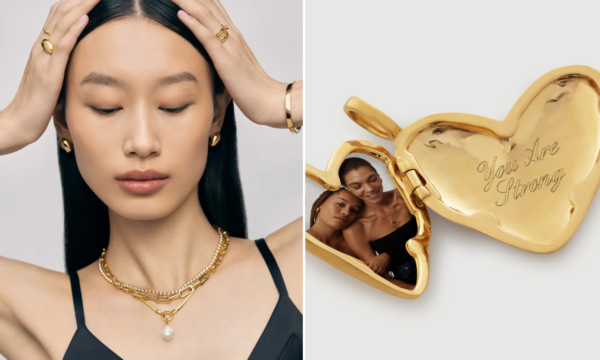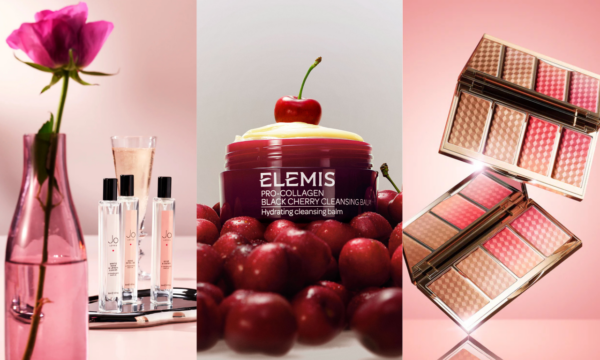How did promotional T-shirts turn into fashion statements?

From Jack Nicholson lounging in a Coca Cola shirt to the now ubiquitous Ramones T-shirt, branded clothes have long been fashion statements. But how did they get there, and what is the appeal of being a walking billboard, whether for massive corporations or cult books. What are we trying to say?
The yellow brick road to promotional T-shirt city
Though this might come as a surprise to citizens of the promotional T-shirt era, there was a time when the only pattern on your T-shirt would be the oil, dirt and sweat stains from a hard day’s work. (This was when people had proper jobs.)
That all changed when a piece of pop culture iconic enough to reach T-shirt status was finally created. At the 1939 premiere of The Wizard of Oz, attendees were given T-shirts emblazoned with the titular wizard’s face. This gave countless insecure men the chance to tell their partners “pay no attention to the man behind the T-shirt!” whenever they disrobed. It also sparked a trend for, you guessed it, promotional clothing.
Famously defeated presidential candidate Thomas E Dewey (of “DEWEY DEFEATS TRUMAN” fame) gave out “Do It With Dewey” T-shirts to his supporters. These pieces of clothing may not have swung the election, for Dewey or for Oz, but they did build up a cultural appetite for T-shirts designed for promotional purposes.
But even if anyone did wear these T-shirts long after their promotional use had expired (just as I still wear my tear-rusted “I’m In” badge wherever I go) they didn’t buy them in order to be fashionable. So when did that all start?
“Everything tastes better with Coke” – Coca Cola’s T-shirt copywriter
After Dewey’s initial success, many brands started printing their logos on clothes for promotional reasons. As brand T-shirt experts Printsome point out, using promotional T-shirts as a marketing weapon is now common practice, thanks to their cost-effectiveness and quick production turnaround.
But at some point along the line, people stopped wearing them to advertise a project they supported or were involved in, and started wearing them purely as a fashion choice, with no other purpose behind it.
The Jack Nicholson Coke T-shirt may have had something to do with it, as the T-shirt wearing public is always susceptible to influence from their favourite celebrities’ fashion choices. Extensive research from Shay Sayre found that it was a little more complex than that. Sayre’s study revealed that a majority of students agree that what they wear reflect their lifestyles. Sayre also found that T-shirts with product logos are the second most popular single category of favourite T-shirts (“Other” was in the number one spot).
With this research in mind, it makes sense to conclude that people want to display their lifestyles to the world with their T-shirt choices, and that the brands of syrup-based soda they prefer are a very important part of those lifestyles.
But the story of promotional clothing, much like a Coca Cola shirt that has been through the wash one too many times, gets blurrier. And this is all thanks to a man who decided rock ‘n’ roll should be less about making music, and more about making cold, hard cash.
Brand T-shirts vs Band T-shirts (whoever wins, we lose)
In the 1970s at his huge Winterland festival, legendary rock concert promoter Bill Graham gave birth to the concept of the licensed band T-shirt. First commissioning them for groups like The Grateful Dead and Led Zeppelin.
Now, band T-shirts are everywhere. Yes, they are still sold as concert souvenirs, but much like those promoting Coca Cola, they are on sale at actual clothing retailers too, not just at makeshift tables at the back of dingy music venues alongside a bunch of other branded paraphernalia the band was somehow convinced they needed to buy.
The main difference between brand T-shirts and band T-shirts is the assumed loyalty of the wearer. You never get people going up to people in Coca Cola T-shirts and saying “of you like Coca Cola so much, what year did new coke come out?” like they do with people in Ramones shirts.
But there is reason for this. Because thanks to Bill Graham’s innovations some bands have transcended the medium of music to live on primarily as T-shirt designs. Joy Division is one of these bands. So is Run DMC. So are the Ramones. Some might posit that The Ramones are now better known as a T-shirt logo than as punk rock pioneers. Arguably, the MC5 are more famous for Rachel Green sporting one of their T-shirts in an episode of Friends than for the manifesto of their sixties classic “Kick out the Jams”.
So if the people picking up Ramones T-shirts in Topshop who have never heard a note of the Ramones’ music (and, let’s face it, there really is just one note) are not wearing it to express their lifestyle or to intentionally advertise the band, what on earth are they doing?
The answer, unlike the Ramones’ music, may be deep, complex, and contain more than two power chords. What seems to be happening is a case of unconscious cultural osmosis. As we walk the streets and watch the screens every day we are bombarded by so many billboards, pop-ups and advertisements that in order to feel like we fit in, we too have to become adverts.
Wearing brand or band logos might just be a way to feel less alienated by our advert-laden surroundings. In this apex of consumer culture, nothing could feel more comfortable than donning a Coke T-shirt, a Ramones jacket, and maybe even a “make America great again” baseball cap, and taking a walk down Times Square. Only then will we feel true solace. Only then will we feel part of the whole.
Sam Lewis-Hargreave
























Facebook
Twitter
Instagram
YouTube
RSS